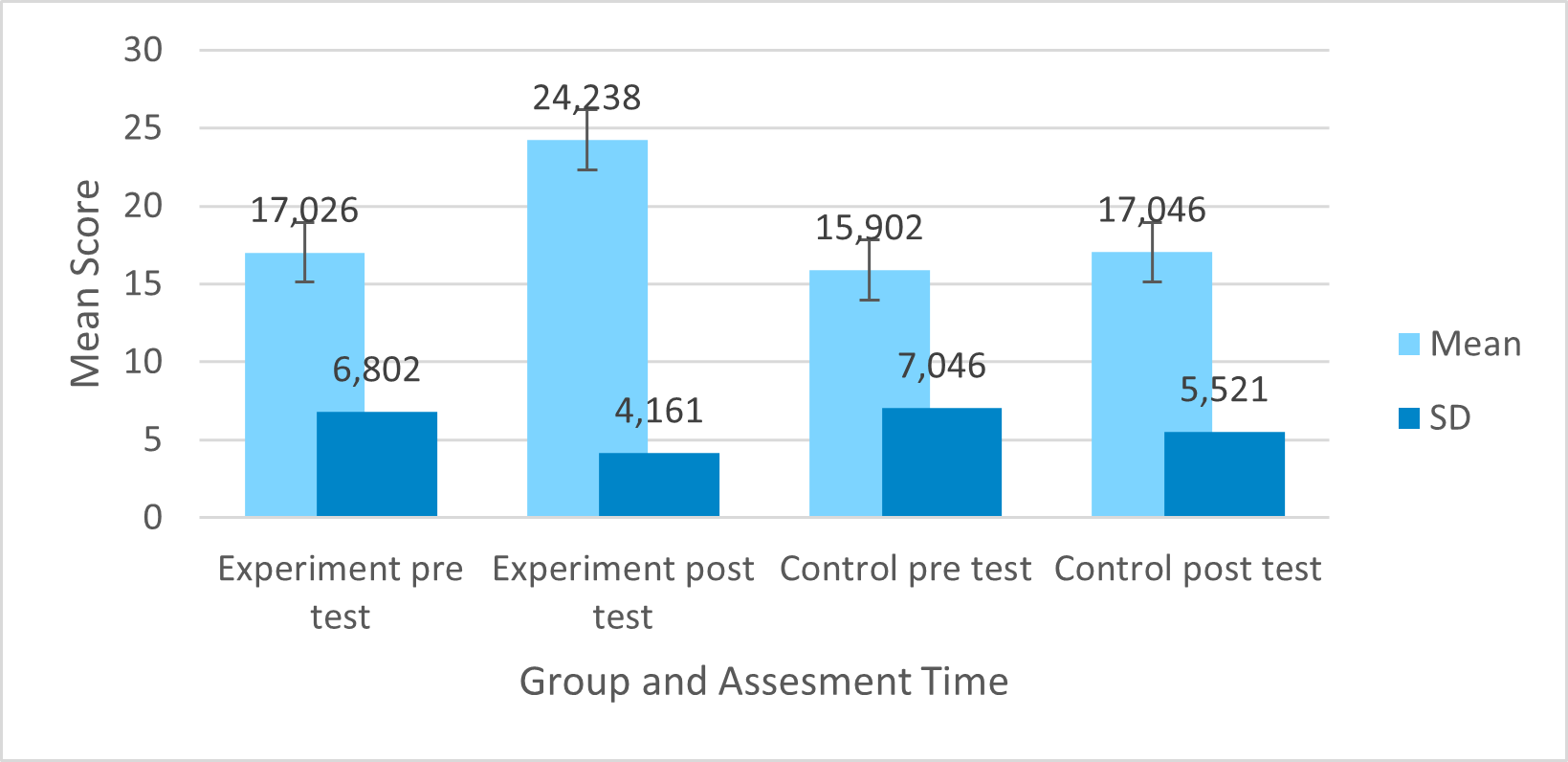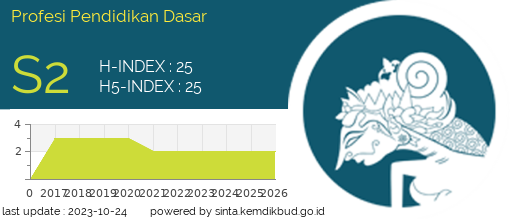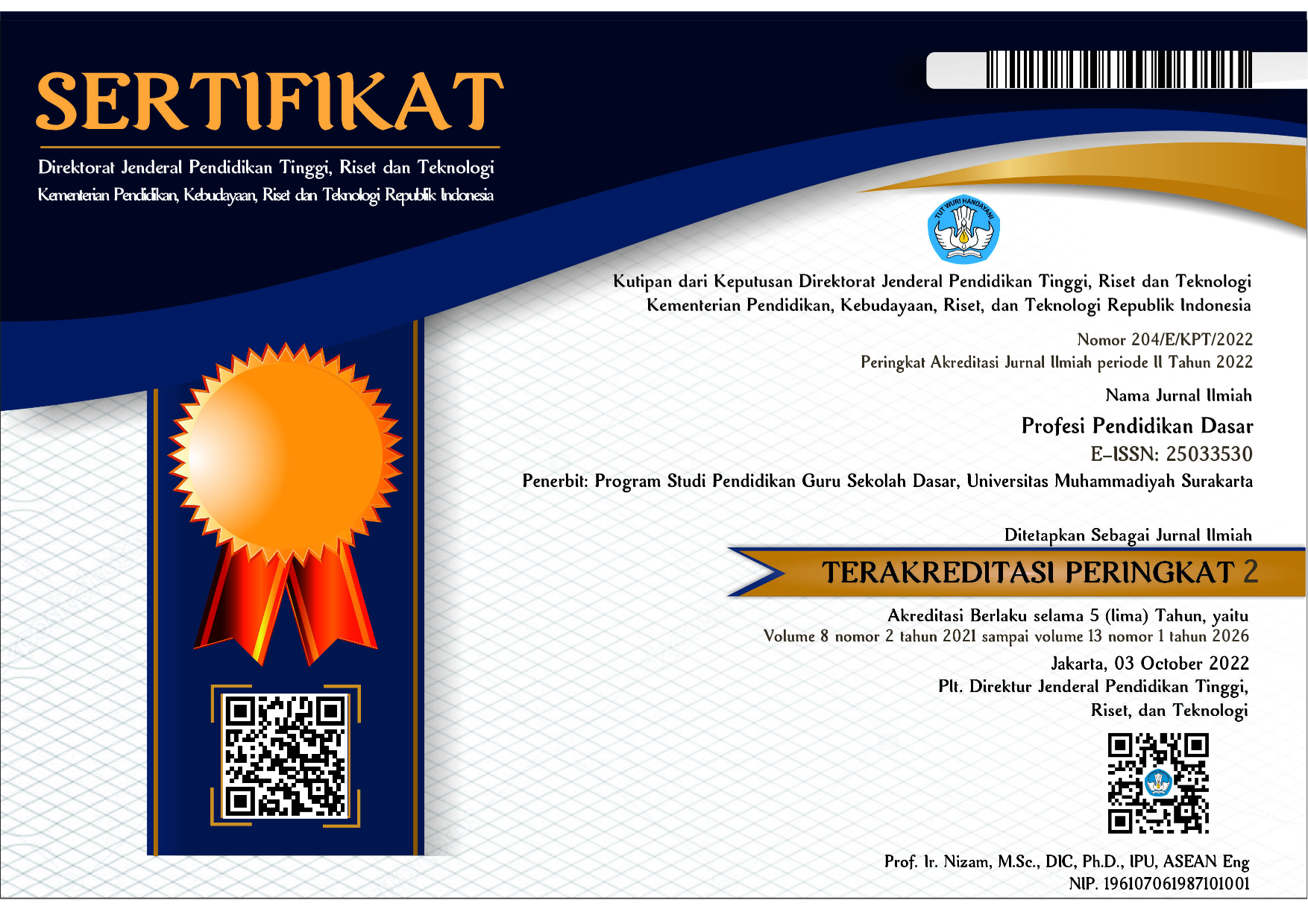The Contribution of Ethno-Realistic Mathematics Education (E-RME) Approach to Enhancing Elementary Students’ Critical Thinking Skills
DOI:
https://doi.org/10.23917/ppd.v12i2.10034Keywords:
E-RME Approach, Effectiveness of mathematics instruction, Elementary school student, ANCOVAAbstract
Meaningful mathematics instruction enables students to autonomously construct mathematical concepts and discern their relevance to real-world contexts. The Ethno-Realistic Mathematics Education (E-RME) approach advances this objective by embedding cultural and contextual dimensions within the curriculum, thereby fostering critical thinking and deepening conceptual mastery. This study investigated the efficacy of the E-RME approach in enhancing the critical thinking capacities of primary school pupils. A quasi-experimental design was employed, involving 308 pupils from diverse primary schools, allocated to experimental and control groups. Assessment was conducted using the Generalised Partial Credit Model (GPCM), which facilitates polytomous scoring of two-tier test items to capture nuanced responses. Data were analysed using JASP software to evaluate pupils’ conceptual understanding and reasoning proficiency based on their tiered responses. The findings revealed that the E-RME approach significantly outperformed the conventional instructional model in promoting conceptual understanding and critical thinking, even after adjusting for baseline performance via ANCOVA. These results underscore that superior learning outcomes derive not only from the mathematical content delivered but also from pedagogical strategies that meaningfully integrate mathematics with pupils’ cultural identities and lived experiences
Downloads

Downloads
Submitted
Accepted
Published
How to Cite
Issue
Section
License
Copyright (c) 2025 Linda Indiyarti Putri, Roudlotul Afifah, Kharisatul Istijabah, Arifah Nurul Ain, Ulia Nasroatul Umami, Fadila Fatmawati, Haniyah Nur Sakhinah, Lisa Nurul Qoniah, Roshifah Jauhari, Guldana A. Begimbetova

This work is licensed under a Creative Commons Attribution-NonCommercial 4.0 International License.











